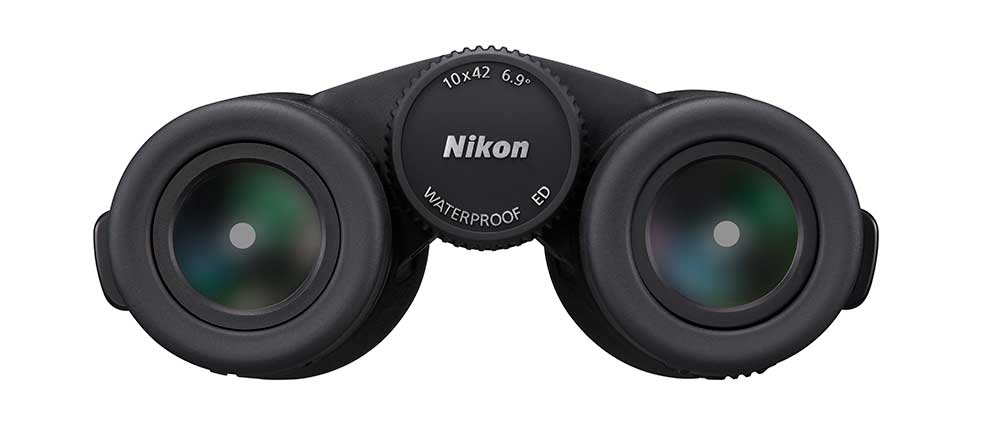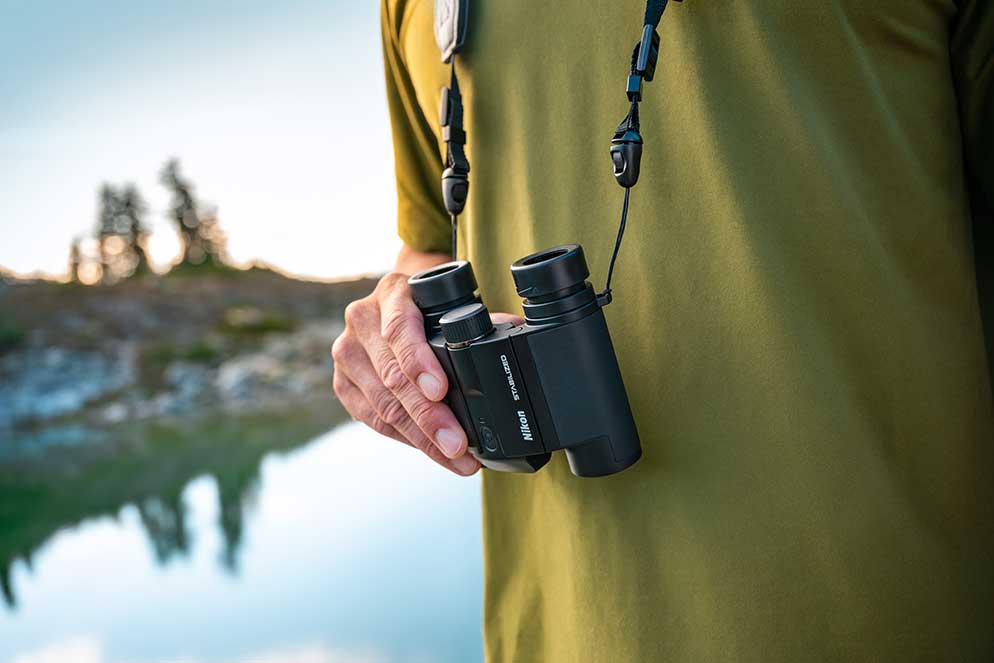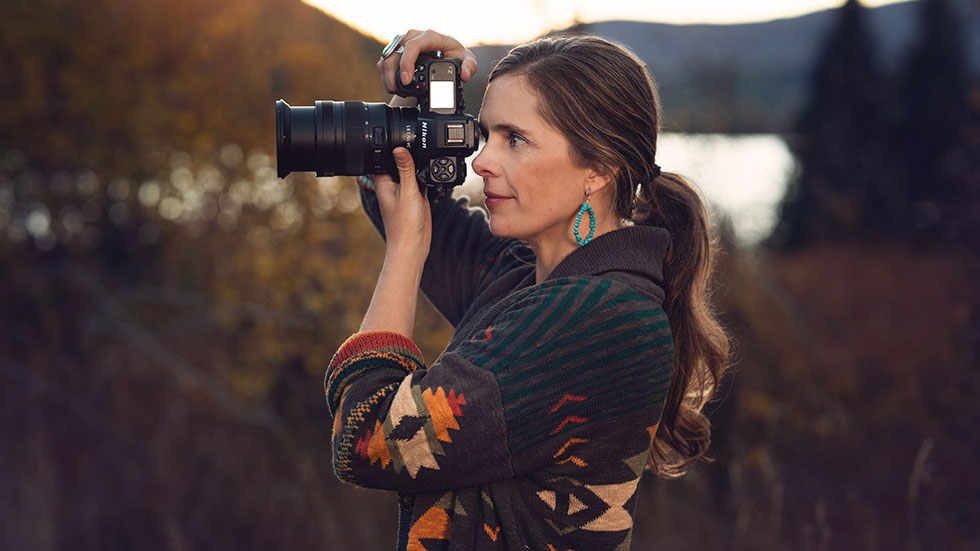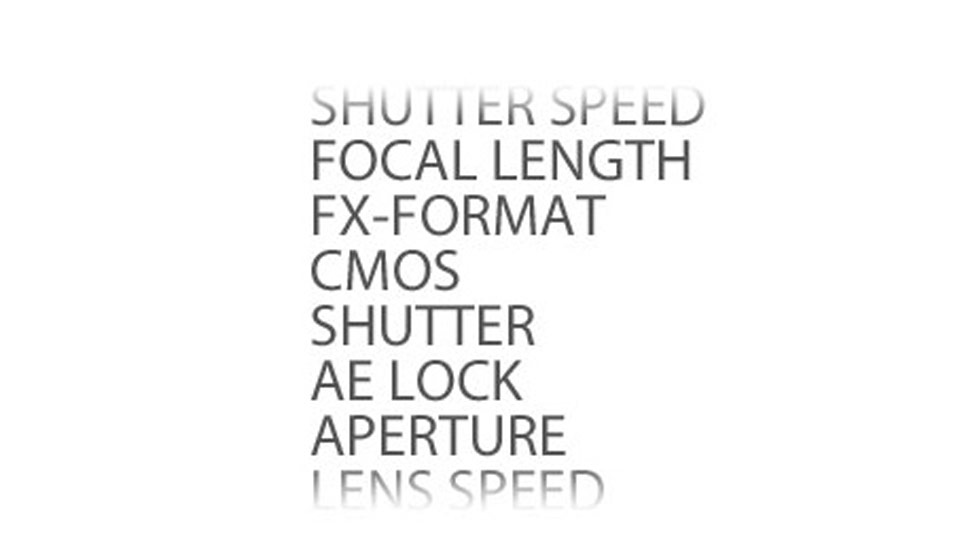How to Read the Numbers on a Binocular
Once you decide to enter the world of binoculars, whether for bird watching, stargazing, or for viewing sporting events up close, it's imperative to understand the numbers printed on these pieces of equipment. Although these numbers appear cryptic at first glance, they are the key to unlocking the full potential of your view. This article will help you decode these numbers, ensuring that when you select the perfect binocular for your own adventures, you do so armed with knowledge.
What Do the Numbers on Binoculars Mean?

Monarch M7 10x42 binoculars.
Normally, when you inspect binoculars, they will be marked with something like "8x42" or "10x50." These figures specify the level of magnification and the size of the objective lens of the binoculars in millimeters.
The number before the word "X" is the magnification or power of the binocular. In the case of an 8x42 binocular, the image is magnified eight times.
Diameter of the Objective Lens: The figure illustrates the horizontal diameter, in millimeters, of the two lenses farthest from the eyepiece. The larger the diameter, the better the light-gathering capabilities of the binocular.
The degree to which an image is amplified
Determining the appropriate level of magnification relies on the type of activity for which you plan to use your binoculars. Higher levels of magnification will provide you with a clear, detailed view of objects in the distance. They will allow you to see fine details in birds, butterflies or dragonflies that are the object of your interest. Unfortunately, higher levels of magnification are also more prone to the shakiness of your hands. It takes skill and practice not to have tremble when holding high powered binoculars, or else you're going to need a tripod or harness to steady your view. Lower levels of magnification provide a wide field of view and are easy to hold in your hand. This makes them better for observing fast moving subjects, or for getting a general overview of a subject.
What Does Objective Lens Diameter Mean in Binoculars?
The brightness and quality of the image produced, and the size and weight of a binocular are influenced by the size of the objective lens. Optics with a larger lens diameter that gather more light perform better in dim conditions but also tend to be heavier. On the contrary, optics with a smaller lens aperture are lighter and more compact for outdoors people prioritizing mobility.
The exit pupil is the image of the objective lens focal point as seen through the eyepiece when held at arm's length. By dividing the diameter of the objective lens by the magnification number, one can calculate the exit pupil. To illustrate, take an 8x42 binocular; where 42 divided by 8 will provide an exit pupil of 5.25mm. This is an average to high exit pupil and is important in the sense that it represents the diameter of the beam of light that reaches your eye. If the exit pupil matches or exceeds the diameter of your eye's pupil, you will be achieving the best possible performance. For example, consider low-light conditions when the human pupil dilates to around 6-7mm, a binocular with a larger exit pupil would be ideal. By choosing such a binocular, the eye will be able to get more light, which is something your eye would appreciate.
Binoculars Field of View
Another vital aspect often described in binoculars is the field of view (FOV), expressed as a width in feet at 1,000 yards or in degrees. A field of view (or FOV) of 330 feet at 1,000 yards means you can view a width of 330 feet at 1,000 yards. And a 6° FOV is a geometric angle in a mathematical term. A wider field of view makes it easier to keep track of moving subjects or to scan large areas without having to move your binoculars too much, which is highly useful when following birds in flight or fast-paced sports action.
Conclusion
A clear understanding of the numerical specifications of binoculars removes much of the mystery surrounding these optical tools and aids in the choice of the most suitable binocular for your own particular requirements. Whether watching the passage of stars in a distant constellation, tracking the swooping flight of a peregrine falcon, or even merely reaping the benefit of a close-up view of a stage performance from a seat located far back in the auditorium, your obtainment of a basic understanding of these figures will dramatically expand the range and quality of your sightings.
Explore Our Full Range of Binoculars for Your Next Outdoor Adventure!






